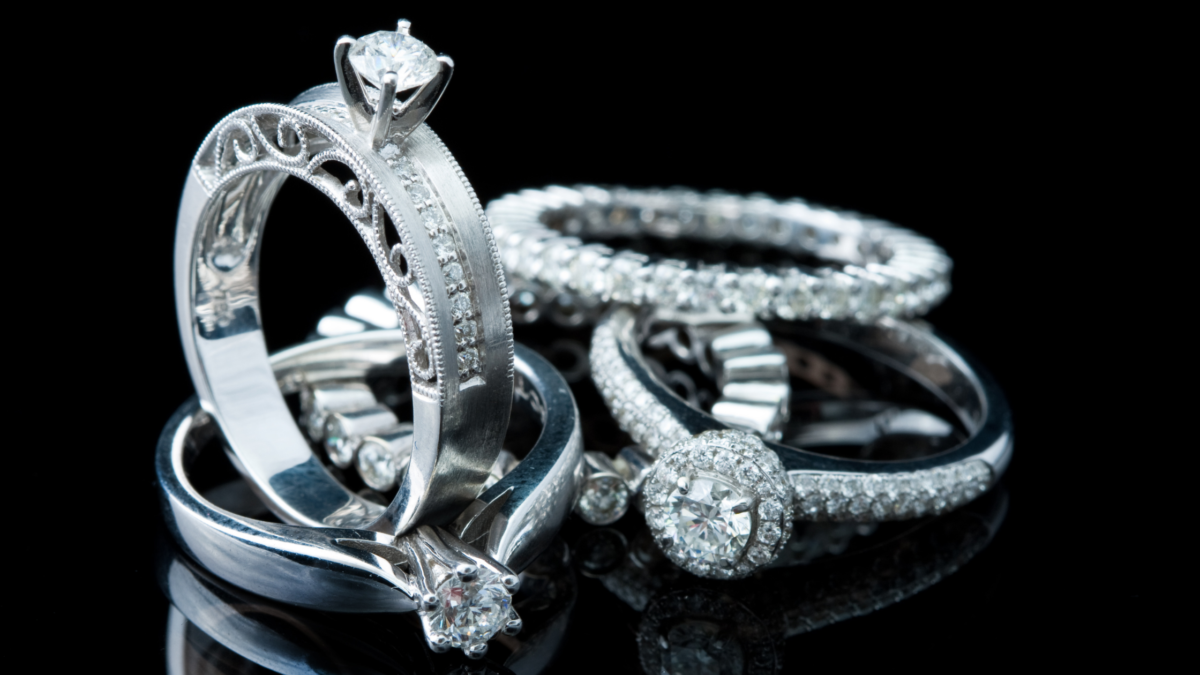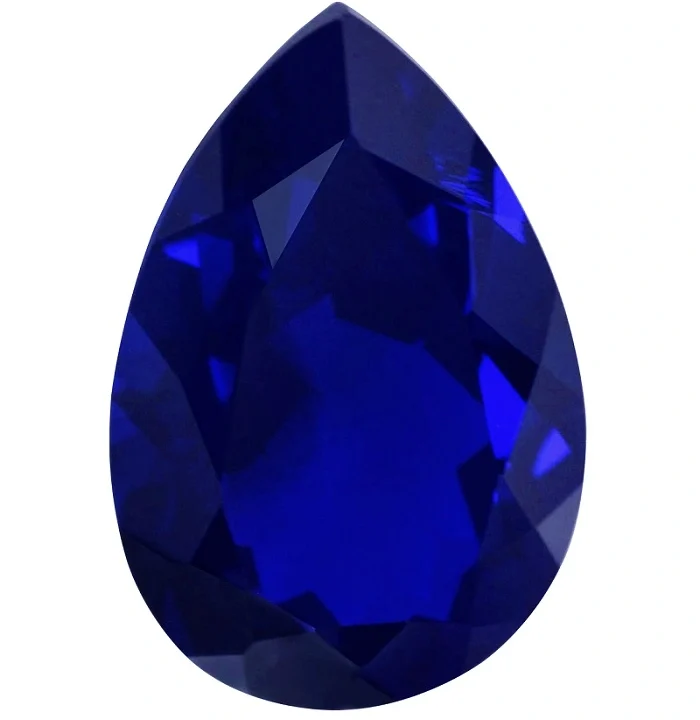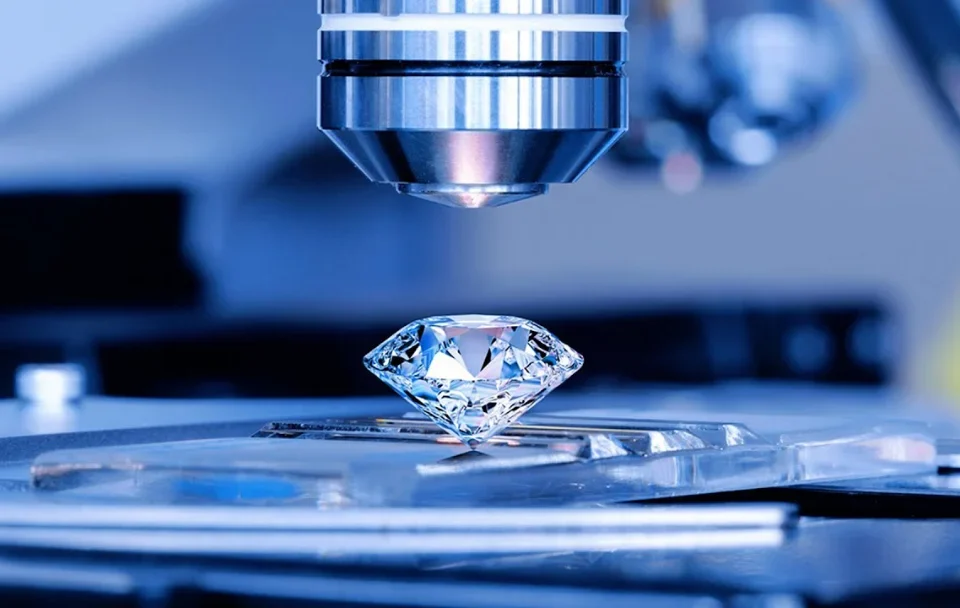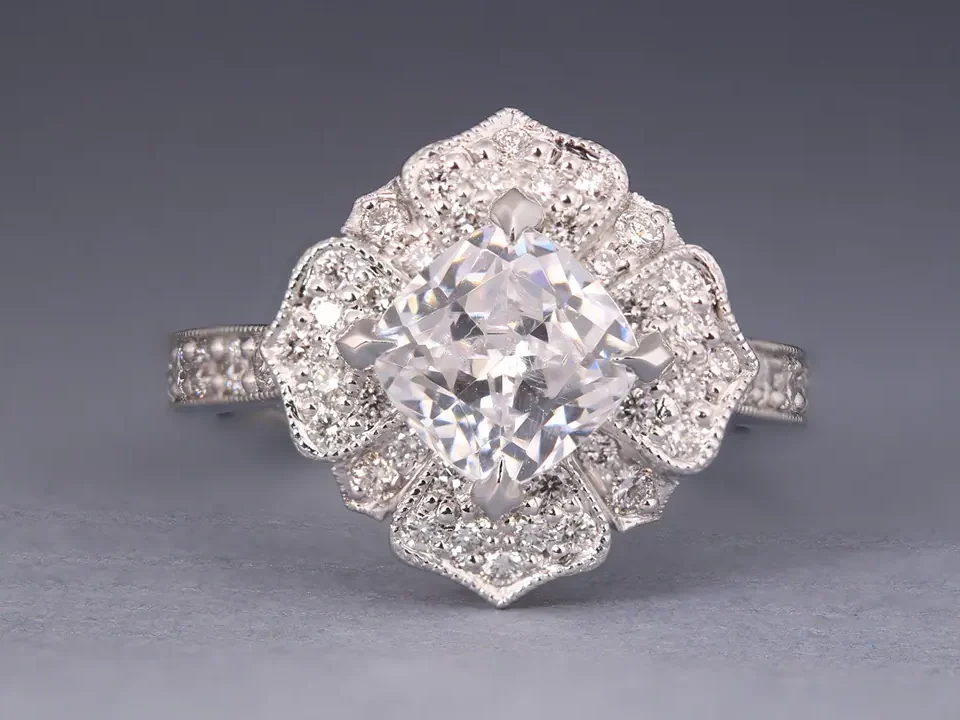You’re trying on engagement rings, or maybe you already have one, and it just won’t sit still. The stone starts beautifully centred, but within minutes it’s twisted to one side or spinning like it’s doing laps around your finger. Annoying? Absolutely, but also common.
We often get asked, “Is it normal for an engagement ring to spin?” The answer is yes, if the fit isn’t quite right or the design is a bit top-heavy. The good news? It’s fixable. Whether you’re shopping for your forever ring or fine-tuning the one already on your hand, here’s what causes that spinning and how to stop it before it drives you nuts.
Quick Remedies for a Loose Ring
Sometimes, the ring size is just off. Maybe your knuckles are a bit larger than the base of your finger, or maybe the ring feels perfect in winter but suddenly spins when it gets warmer. Here are a few clever solutions you can try before considering a full redesign.
1. Install Anti‑Slip Sizing Beads
Anti‑slip sizing beads are small metal beads your jeweller can add to the inside bottom of the band. They act like gentle speed bumps that stop the ring from rotating while still letting it slide over your knuckle.
Because they sit on the inside of the band, they are almost invisible when you wear the ring. They’re removable if your fingers change over time.
2. Switch to a Ring with a Hinged Shank
If your knuckles are significantly wider than the base of your finger, a hinged shank ring addresses this issue by opening and closing around the finger rather than sliding over the knuckle. You open the ring, place it on your finger, and then close it.
A hinged shank ring allows for a tighter fit at the base without worrying about the knuckle size. Keep in mind that hinged mechanisms suit some designs better than others, and they tend to be more expensive.
3. Use Temporary Ring Adjusters
There are many temporary adjusters available, made from plastic, silicone, or foam. These inserts fit inside the band and reduce its internal diameter. They are inexpensive and can be trimmed to size for a customised fit. You might see them marketed as ring snuggies or ring guards.
Although they are not permanent, they allow you to test how a smaller ring would feel. Some users find them comfortable and like that they protect the metal from scratches, while others think they can shift or look bulky.
4. Try DIY Fixes
If you need a quick, cost‑effective solution, a little creativity can go a long way. Wrap a little tape around the bottom of the band, or tuck in a tiny rubber band or bit of string. Some people even use dental floss or Band-Aids in a pinch. It’s not glamorous, but it gets the job done until you can explore longer-term options.
These fixes are convenient and accessible, though they do not last very long and may not look polished.
5. Coat the Band With Clear Nail Polish
Painting a thin layer of clear polish on the inside of your ring adds a bit of grip without changing how it looks. While it is not a forever fix and you’ll need to reapply, it can be handy for a weekend away or a night out where you want everything to stay put.
6. Combine With a Stacking Ring
If your engagement ring keeps spinning, you can wear a smaller band above it to act as a stopper, preventing the larger ring from sliding down. Many couples pair their engagement ring with a wedding band for exactly this reason.
A stacking ring or spacer band can also add a decorative element. Keep in mind that rings rubbing against each other may cause wear over time, so ensure the designs complement one another or consider soldering them together if you plan to wear them constantly.
These quick fixes are great if your ring just feels a bit too loose. You’ll get a good idea pretty quickly if a snugger fit solves the problem. But if you’ve tried a few things and your ring’s still doing laps around your finger, chances are the design itself might be what’s throwing it off.
Design Modifications for Persistent Spinning
Weight distribution is another common reason an engagement ring spins. If your ring fits well but still spins, the problem might be the design itself. Some styles are simply more prone to tipping, especially if the setting is heavy or sits high off the finger. Here are several adjustments that tackle design‑related spinning.
1. Lower the Setting Height of the Centre Stone
Large, elevated settings have a higher centre of gravity, which makes them more likely to topple. Lowering the gemstone closer to your finger reduces that top‑heavy effect.
A jeweller can adjust the prongs or even redesign the setting so that the stone sits lower. This change often improves stability without altering the overall appearance significantly.
2. Add Weight to the Bottom of the Band
Another way to balance a top‑heavy ring is to make the bottom of the shank heavier. Some jewellers recommend switching to a Euro‑style shank, which has a flat or squared bottom instead of a thin round band.
This additional material helps counterbalance the heavier setting above. If you prefer to keep your existing ring, a jeweller can sometimes thicken the lower portion of the band.
3. Use a Ring Enhancer or Guard
A ring enhancer is an additional band that surrounds your engagement ring, essentially widening and strengthening the base. It can help distribute weight more evenly and keep the ring upright.
You can choose a design that complements or enhances your engagement ring, making it look like a matched set. If you do not want to modify your ring permanently, you can wear the enhancer only at certain times.
Getting the Size and Style Right From the Start
If you’re still shopping for Gold Coast engagement rings, here’s how to avoid the spinning problem altogether.
1. Measure Your Finger Size Carefully Before Buying
Your fingers can change size throughout the day. They tend to be smaller in the morning and larger in the evening, especially when it’s warm.
The best time to measure is at the end of the day, when your hands are warm and slightly swollen. And don’t forget to measure your knuckle. If there’s a big difference between the knuckle and the base of your finger, a hinged design or sizing beads might be the way to go.
2. Consider the Ring Design Before You Buy
Love a big, sparkly centre stone? Who doesn’t? Just know that top-heavy rings are more likely to spin.
If you’re drawn to that look, talk to your jeweller about options to help balance the ring, such as a thicker band or a Euro-style shank. You can also consider matching it with a stacking band right from the start to lock everything into place.
We encourage you to consider how the ring fits into your lifestyle, especially if you work with your hands or are very active. Rings with a balanced design not only sit more comfortably but also provide peace of mind.
For a Ring That Fits Like Forever
Nobody wants to spend their days fiddling with a spinning engagement ring. Thankfully, you don’t have to. Whether the issue is sizing or weight distribution, now you know what causes it and how to stop the engagement ring from spinning for good.
Talk to your jeweller, try a quick fix, or plan your design with balance in mind. Whatever stage you’re at, there’s a solution that suits you.





